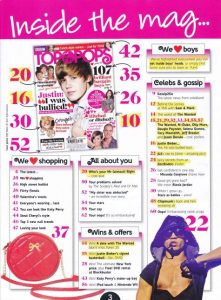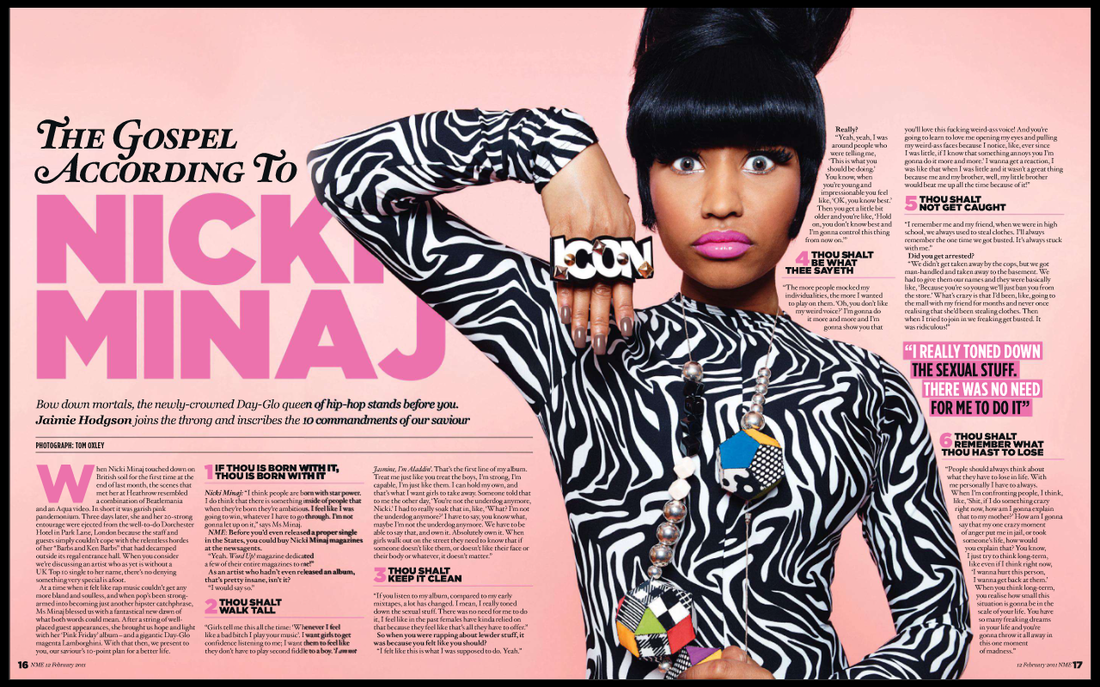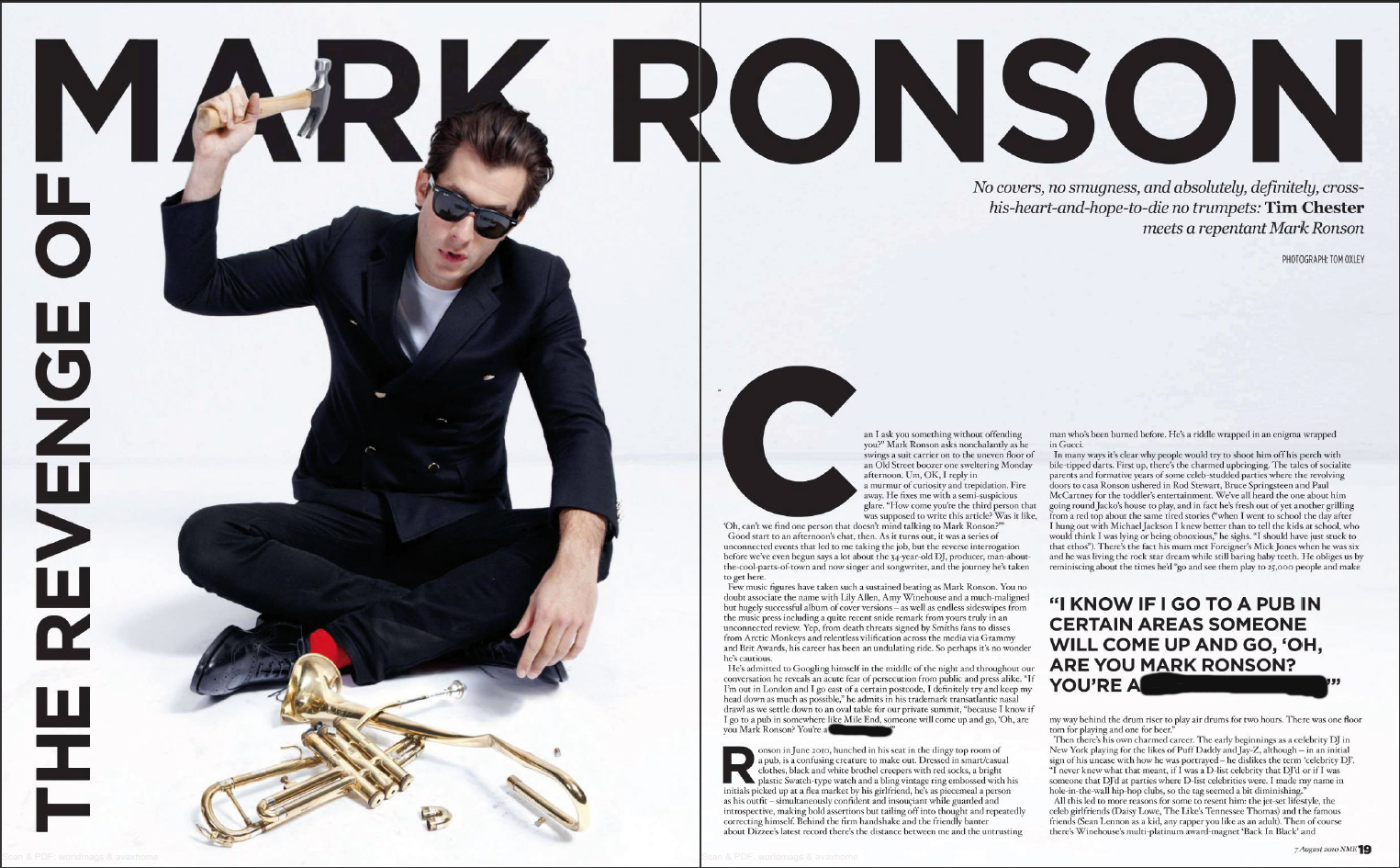How does your product engage with audiences and how would it be distributed as a real media text?
Task:
A screencastify commentary on how your magazine engages audience and how it might survive in a digital media world.
You must address the following questions: (There is a template in Classroom for you to use.)
- Introduce your magazine, name, genre…
- Describe your brand values / mission statement?
- How will your magazine be distinct from or similar to others?
- Who are your target audience?
- Use Yougov, image and profile + other details FROM THE Young and Rubicam sheet below – tribewired etc.
- Why would that audience buy your magazine?

- Link to Uses and Gratification or AIDA…You should have @ 8 different specific elements that address B and K ideas and AIDA’s elements.
- Who would you want to work with to distribute your magazine?
- Which of the big magazine groups would you like to distribute your magazine?
- How does your magazine fit with their existing publications?
- What sort of advertiser would you hope to attract?
- Link to your two selected ads & explain.
- What strategies do you have for distribution? How will you link your print content with online content?
- Refer to your Media Ecology essay where you have lots of ideas on how a traditional print version of your magazine would work and how a digital online version would work.
How can a print magazine survive in digital world?
-
- Some answers & thoughts
- Increasingly sensational celebrity gossip stories – Churnalism (cheap and easy)
- Freebies.
- Reduce cover price (free) & rely on ad sales.
- Link to enhanced digital content on website.
- Employ social media to promote our brand.
- Audience participation & interaction (Uses and Gratification)
- Link digital content back to print, whet the audience’s appetite, require the audience to buy print version to get full details.
- Use a paywall for online content.
- Some answers & thoughts
Making The CCR Presentation
Using your flipsnack magazine, record your voice over whilst flipping the pages as screencastify records your response.
- You will need to use your Laptop with a built in mic to record this.
- You should endeavor to ensure that you use the ‘pointer / pens tool’ when referring to elements of the magazine and ensure that you are turning the pages as and when appropriate.







